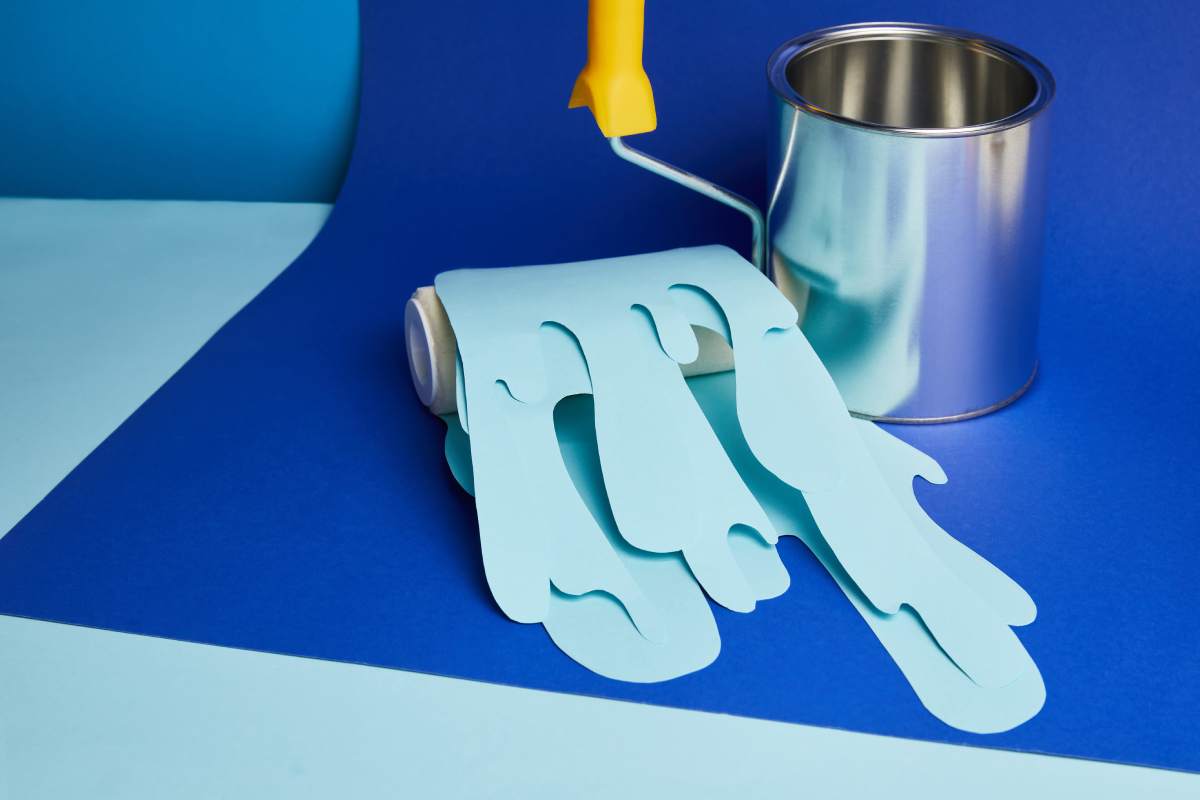A swimming pool is a valuable asset, often a centrepiece of enjoyment for family gatherings, exercise, and relaxation. However, over time, pools endure wear and tear due to exposure to elements like sunlight, chlorine, and weather changes.
These factors can leave pools looking dull and unappealing, impacting both the aesthetic and functionality of your pool. Pool painting is a practical and cost-effective solution to revitalize a pool’s appearance, improve durability, and enhance overall enjoyment.
However, many pool owners wonder when it’s necessary to paint a pool, how long the paint will last, and what factors contribute to its longevity. This guide explains why pool painting might be essential and offers insights into the durability of pool paint.
Why You Might Need Pool Painting
1. Fading and Discoloration
Pools exposed to sunlight for long hours often suffer from fading and discolouration due to the effects of ultraviolet (UV) rays on paint. This exposure can cause a once-vibrant blue pool to fade, creating a worn-out appearance. Pool painting can restore this colour, giving your pool a fresh, inviting look.
2. Chipping, Cracking, and Peeling Paint
As pools age, the paint can start to peel, chip, or crack due to consistent exposure to water and chemicals. This wear is not just an aesthetic issue; chipped paint can damage pool equipment, clog filters, or even pose safety risks if paint particles find their way into the water. Pool painting offers an affordable way to address these issues, sealing the pool surface and preventing further deterioration.
3. Algae Growth and Staining
A deteriorating pool surface can make it easier for algae to adhere to the walls and floor, leading to stubborn stains and buildup that are challenging to remove with cleaning alone. By repainting your pool, you create a smoother, algae-resistant surface, making maintenance simpler and helping your pool remain clean and clear.
4. Preventative Maintenance for Longevity
Regular pool painting can act as a preventive measure against more costly repairs. When a pool is painted, the fresh layer of paint serves as a protective coating that can prolong the lifespan of the pool’s underlying structure, protecting it from water damage, salt, and chemical corrosion.
5. Enhancing Property Value
If you’re looking to sell your property or simply improve its aesthetic appeal, having a garage is one thing, but having a freshly painted pool can add a significant visual boost. Pools with faded, cracked paint can deter buyers or reduce property value, while a well-maintained, freshly painted pool can enhance curb appeal and make your property more attractive to potential buyers.
Types of Pool Paint and Their Durability
Selecting the right type of paint is essential, as each type has a different lifespan and maintenance requirements. Generally, there are three main types of pool paints:
- Epoxy Paint: Known for its durability, epoxy paint is a popular choice due to its resistance to chemicals, stains, and fading. When applied correctly, epoxy paint can last between 7-10 years, making it a great long-term solution for pool owners. It creates a hard, glossy finish that also resists chipping.
- Chlorinated Rubber Paint: Less durable than epoxy, chlorinated rubber paint is easier to apply and offers vibrant colours. Its lifespan is around 3-5 years, making it ideal for pools that might require more frequent updates or for property owners seeking a budget-friendly option.
- Acrylic Paint: Designed for quick drying, acrylic paint is suitable for seasonal pools or pools that require frequent repainting. It typically lasts around 2-3 years. Though not as durable as epoxy or rubber, acrylic paint is easy to apply and is cost-effective.
How Long Does Pool Painting Last?
The longevity of pool painting depends on various factors, including the type of paint, the condition of the pool’s surface, and the quality of the application. Here’s a breakdown of what you can expect:
1. Preparation and Application
One of the most critical aspects of a durable pool paint job is thorough preparation. A professional service like West Coast Pool Resurfacing can ensure that the pool surface is adequately cleaned, stripped of old paint, and primed before applying new paint. A clean, dry, and properly primed surface allows the paint to bond effectively, increasing durability and resistance to peeling or flaking.
2. Regular Maintenance
Routine maintenance plays a significant role in how long pool paint will last. Keeping the pool water balanced, ensuring proper cleaning, and avoiding the buildup of algae and debris can extend the life of the paint. If the water pH is unbalanced or chemicals are overly aggressive, the paint may degrade more quickly.
3. Exposure to Environmental Conditions
Pools in areas with intense sunlight or high levels of chlorine may experience faster paint degradation. UV rays can fade paint, while chlorine can break down the paint’s chemical structure over time. Using pool covers when the pool is not in use and maintaining appropriate chlorine levels can help mitigate these effects.
4. Use of Pool Cleaning Chemicals
Strong cleaning agents can also affect the longevity of pool paint. Opting for milder cleaners or balancing the frequency of chemical treatments with routine maintenance can help preserve the paint. Avoid using abrasive tools on the pool walls, as they can scratch or wear down the paint surface.
5. Traffic and Usage Frequency
Pools that receive heavy use or have rough handling may experience more wear. High-traffic pools may benefit from a tougher paint, like epoxy, or may need more frequent touch-ups to maintain their appearance.
The Pool Painting Process and Professional Assistance
While some pool owners attempt to paint their pools themselves, professional resurfacing services, like West Coast Pool Resurfacing, can ensure a more durable, even finish that maximizes the lifespan of the paint. Professionals use high-quality paints, ensure proper surface preparation, and apply paint in layers for a smooth, resilient coat.
The precision and experience that professionals bring can help extend the lifespan of pool paint, ensuring that it looks great and remains protected for years.
When to Consider Repainting Your Pool
Repainting a pool isn’t something you’ll need to do every season, but there are signs that it may be time for a fresh coat:
- Fading or Dull Appearance: If your pool has lost its vibrancy, a repaint can restore its colour and attractiveness.
- Peeling, Chipping, or Cracks: When paint begins to peel or chip, it’s time to repaint before the damage becomes more extensive.
- Persistent Algae Growth: If algae growth becomes challenging to control, a smoother, freshly painted surface can reduce buildup and make maintenance easier.
- Visible Stains or Discoloration: Stains that don’t respond to cleaning can be masked with new paint, improving the pool’s appearance.
Conclusion
Pool painting is an effective way to extend the life and appearance of your pool without a complete renovation. With the right type of paint and proper maintenance, pool painting can offer several years of use, giving your pool a clean, fresh look and helping prevent further surface damage. Whether you choose durable epoxy paint or a quicker acrylic option, it’s essential to ensure the job is done professionally to maximize results.
A professional service like West Coast Pool Resurfacing can help ensure your pool is properly prepared, painted, and finished for optimal durability and beauty. Investing in pool painting not only revamps your pool’s look but also protects it from long-term wear, allowing you to enjoy a beautiful pool for years to come.



